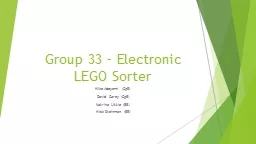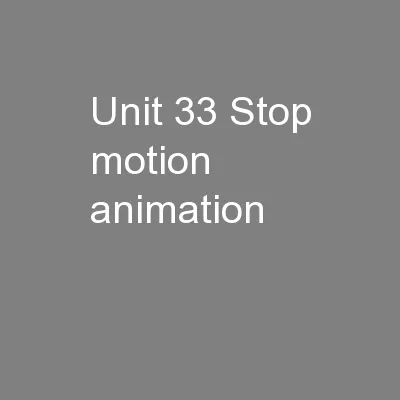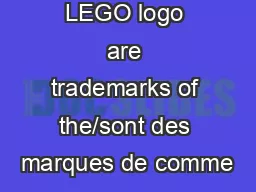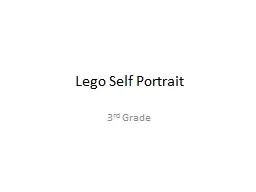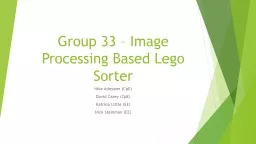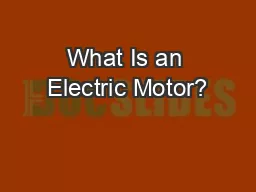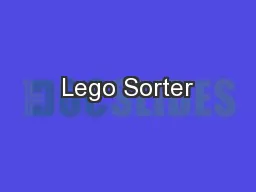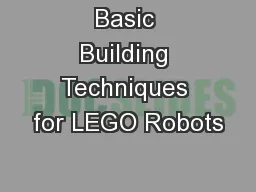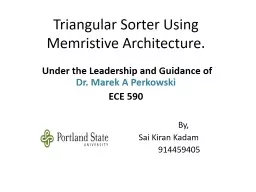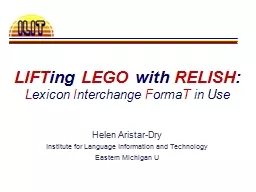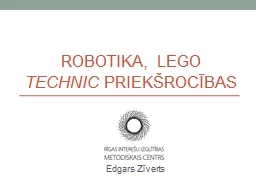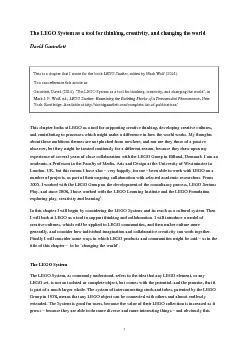PPT-Group 33 – Electronic LEGO Sorter
Author : lindy-dunigan | Published Date : 2017-11-03
Nike Adeyemi CpE David Carey CpE Katrina Little EE Nick Steinman EE Project GoalsSpecifications Why a Lego sorter Specific Objectives Minimal user dependency
Presentation Embed Code
Download Presentation
Download Presentation The PPT/PDF document "Group 33 – Electronic LEGO Sorter" is the property of its rightful owner. Permission is granted to download and print the materials on this website for personal, non-commercial use only, and to display it on your personal computer provided you do not modify the materials and that you retain all copyright notices contained in the materials. By downloading content from our website, you accept the terms of this agreement.
Group 33 – Electronic LEGO Sorter: Transcript
Download Rules Of Document
"Group 33 – Electronic LEGO Sorter"The content belongs to its owner. You may download and print it for personal use, without modification, and keep all copyright notices. By downloading, you agree to these terms.
Related Documents

